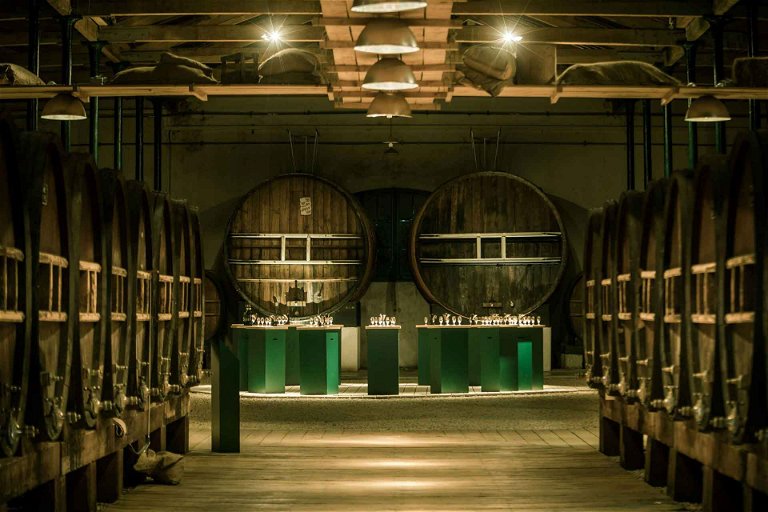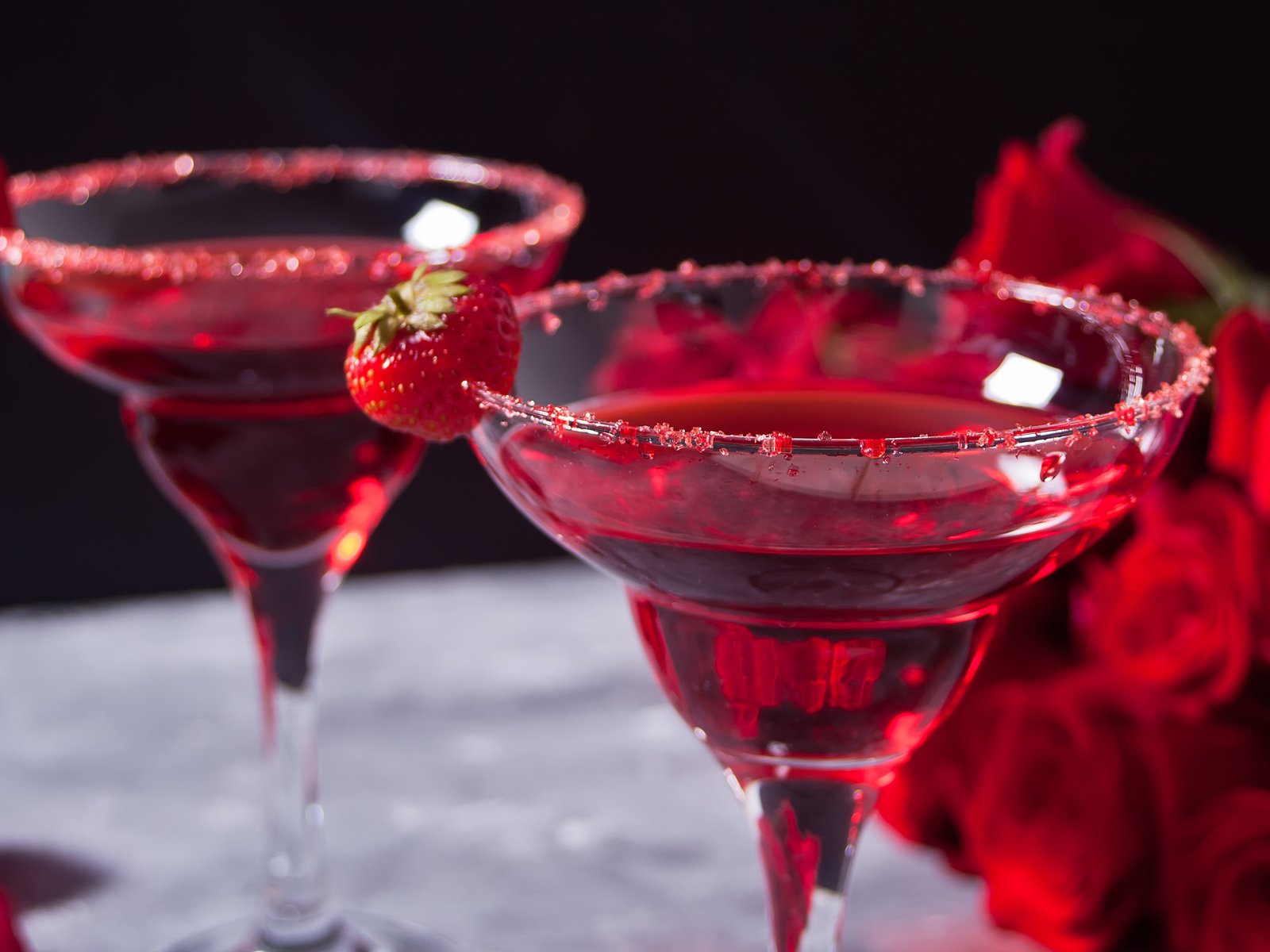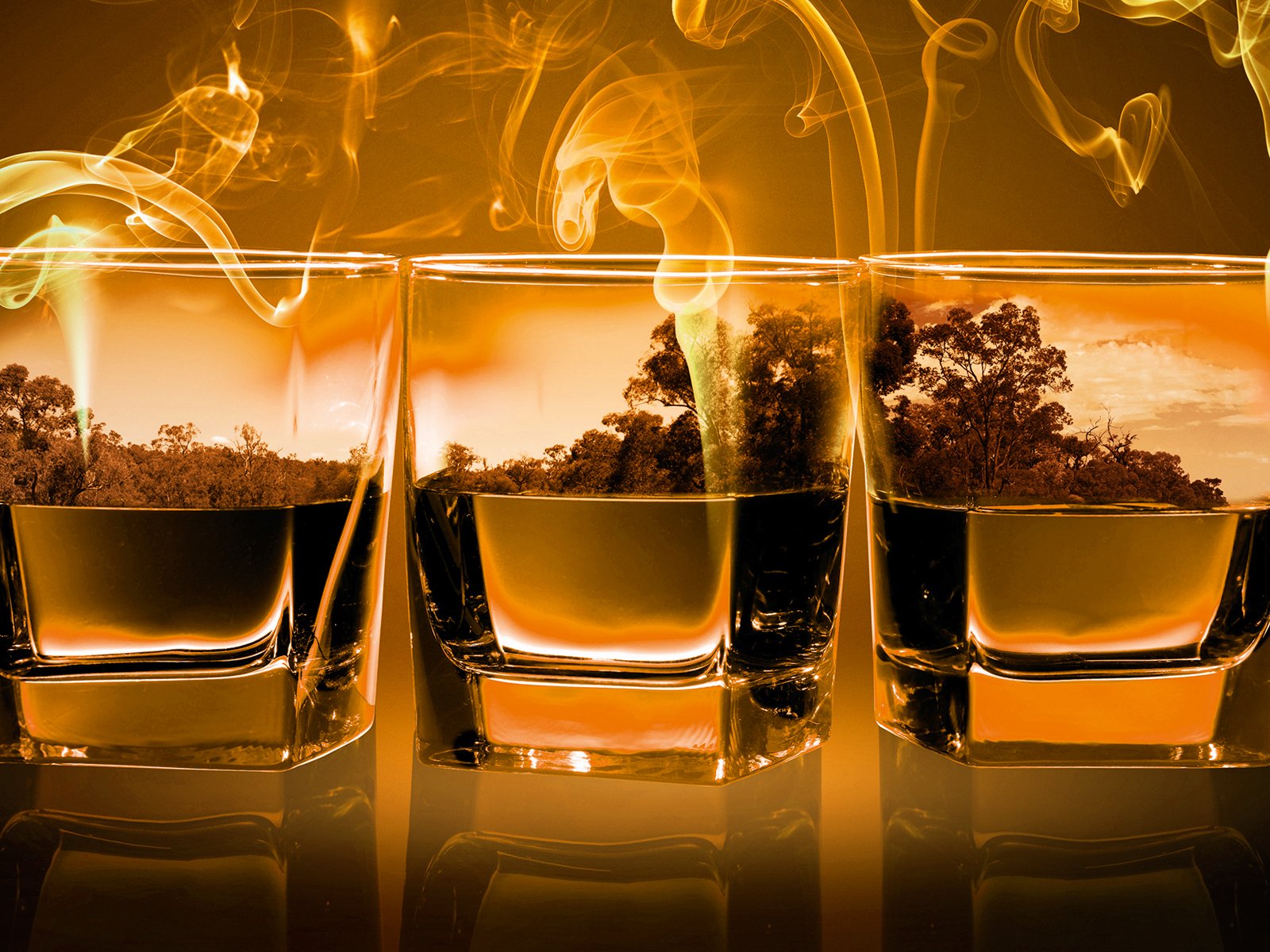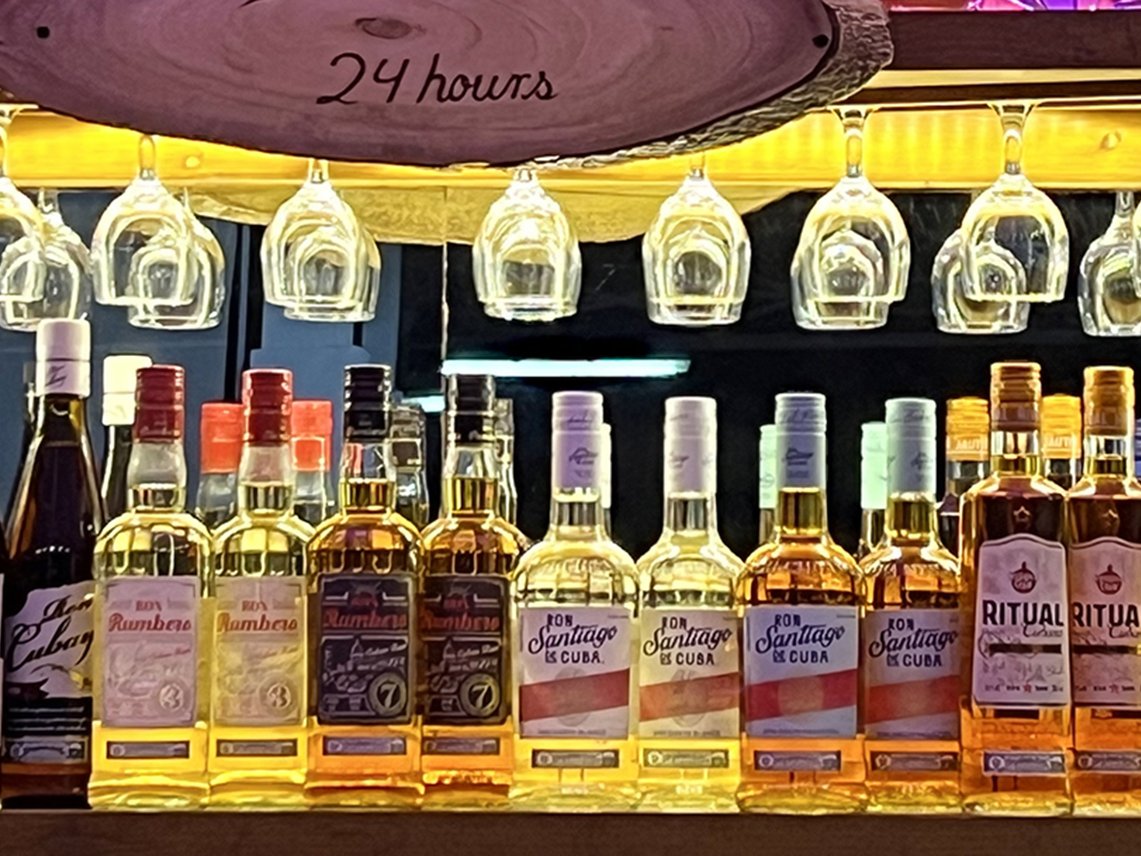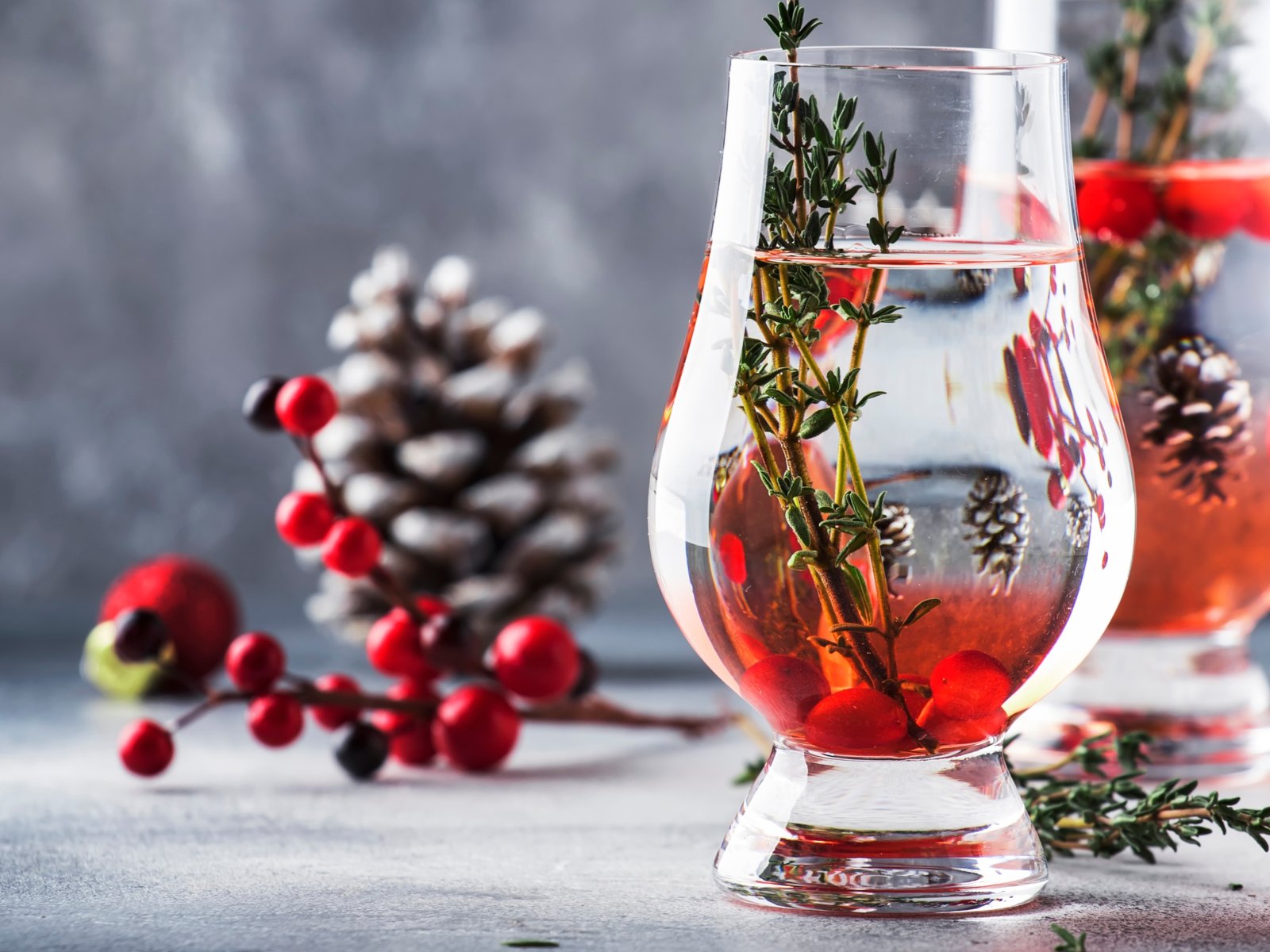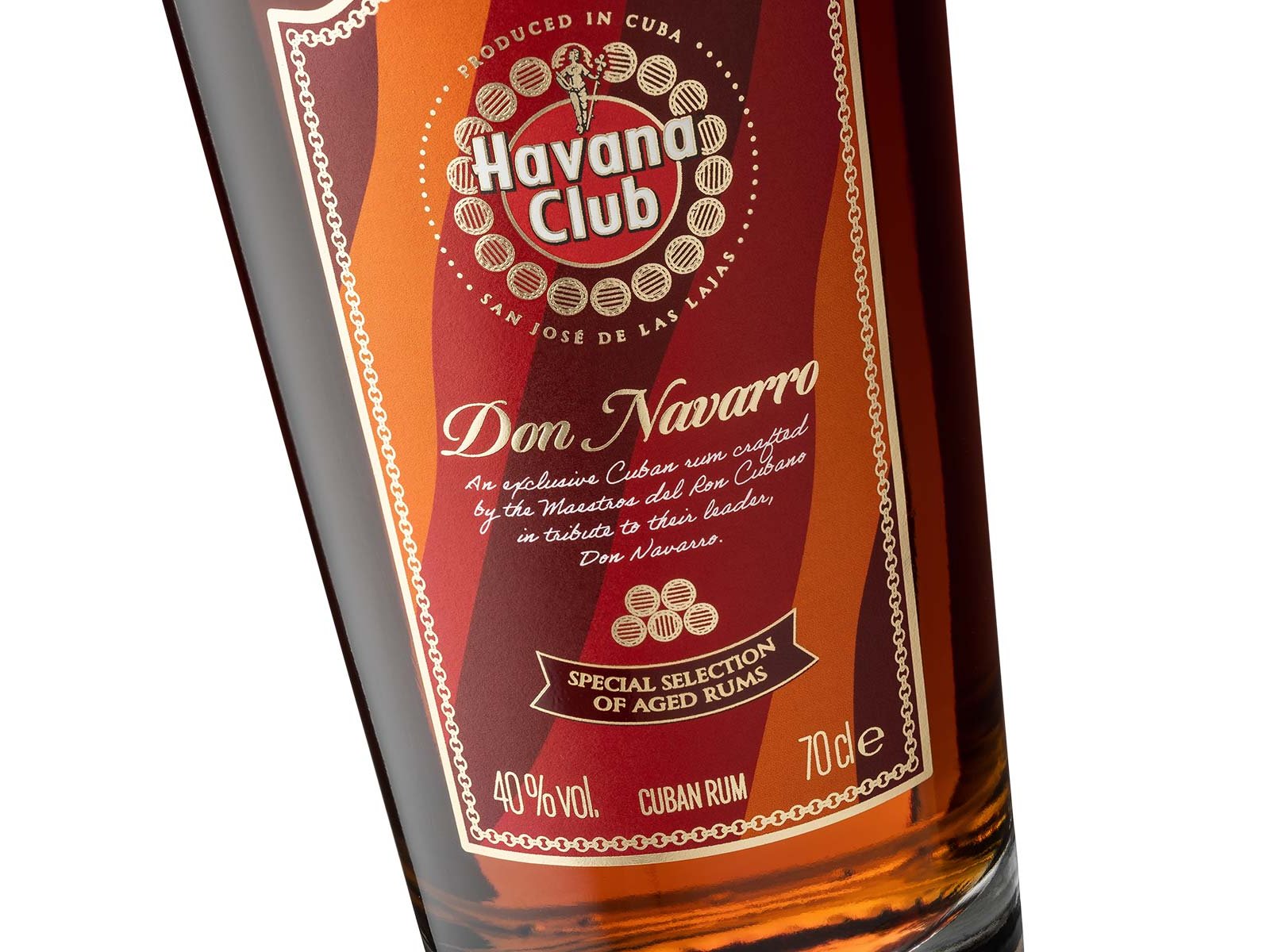Salty air and nutty tang
The secret of Noilly Prat’s unique flavour profile is the proximity of its production to the coast. The base wine, locally made from Picpoul and Clairette grapes, is aged for a year in old wooden barrels lying in the open courtyard or l’Enclos, at the back of the building. One thousand two hundred barrels stretch in seemingly endless rows before us, cracked and greying and showing their considerable age, as squiffy-looking seagulls perch beside the cloth-covered bungs in the top of each one. Previously used to age Cognac or whisky, these barrels are exposed to the elements, most particularly the salty sea spray from the Étang de Thau just metres away, which impart a vibrant saline quality to the wine, as well as a degree of gentle oxidation which gives concentration and a pleasingly nutty tang. This wine is then blended with mistelle - grape juice fortified with neutral grain spirit and aged on-site for twelve months in vast 40,000 litre wooden vats – and infused for three weeks with 20 different botanicals including bitter orange peel, gentian, coriander and elderflower, before being filtered and bottled and sent on its way.
Going red and amber
Noilly Prat launched Rouge in 1955 as post-war Europe rediscovered the joys of cocktail drinking, then in 1979 came their Extra Dry exclusively in the US. With only 21g/l residual sugar against Original Dry’s 35g/l), it was targeted specifically at the cocktail market, un-oaked and very light. Their Ambré, a floral, gently spiced, semi-sweet style completed the family in 1986, but it is the Original Dry that has the most enduring appeal to so many drinkers.
A well-loved classic
“In a way, vermouth is the first-ever bottled cocktail, in that it is playing with wine, spirits, bittering and sweetness agents,” says Richard Tring of The Aperitivo Co., one of a slew of new vermouth producers riding high on the current trend for vermouths and other aperitif-style drinks. Richard’s range of three vermouths - Lyon, Reus and Turin - are named after the cities for which their styles are most famous and Lyon, their dry French-style, is very much inspired by Noilly Prat. “The balance in vermouth is absolutely critical, and their Original Dry gets it bang on,” he says. “That’s why it’s become such a well-loved classic.”
Essential agent
Essential in a Martini, wet or dry, as well as in a Marseillanais, Noilly Prat can be enjoyed in many other ways, too. Substitute it for the red vermouth in a Negroni to make a Cardinale, or in place of Aperol to make a really refreshing Spritz, but I really like it by itself, chilled or with a little ice and a lemon twist, or as Ian Fleming’s James Bond ordered, on the balcony of a hotel in Cairo, in 1977’s The Spy Who Loved Me: “‘Noilly Prat and tonic,’ he said, hoping that the French influence would prevail sufficiently to make this delicious long drink available. ‘With a squeeze of lime if you have it.’” If it’s good enough for James Bond, it’s good enough for me. À votre santé!
Maison Noilly Prat is open to visitors all year round. Details are here:
www.noillyprat.com/plan-your-visit
